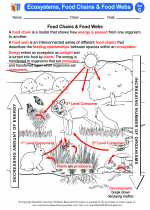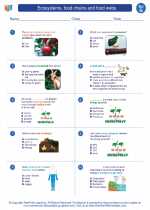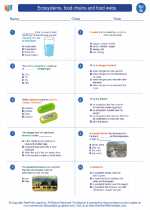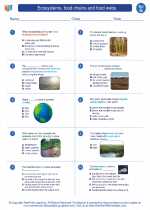Ligaments
Ligaments are tough bands of tissue that connect bones to other bones. They are made of dense, fibrous connective tissue and are important for stabilizing joints and preventing excessive movement.
Structure of Ligaments
Ligaments are composed primarily of collagen fibers, which are arranged in a parallel fashion to provide strength and support to the joint. These fibers are embedded in a matrix of elastic fibers, which allows the ligaments to stretch and recoil to some extent.
Function of Ligaments
Ligaments play a crucial role in maintaining the stability of joints by limiting their range of motion. They help to prevent dislocation of the bones and provide support during movement. Additionally, ligaments contain sensory receptors that provide feedback to the brain about the position and movement of the joint, contributing to proprioception.
Common Injuries
Ligaments can be subjected to various types of injuries, including sprains and tears. A sprain occurs when the ligament is stretched or torn due to excessive force or sudden movements. Treatment for ligament injuries typically involves rest, ice, compression, and elevation (RICE), as well as physical therapy to restore strength and flexibility to the affected joint.
Study Guide
- What is the composition of ligaments?
- Discuss the function of ligaments in the human body.
- Explain how ligament injuries can occur and their typical treatment.
- Compare and contrast ligaments with tendons in terms of structure and function.
- Research a specific joint injury related to ligament damage and present a case study detailing the injury, treatment, and recovery process.
◂Science Worksheets and Study Guides Seventh Grade. Ecosystems, food chains and food webs

 Activity Lesson
Activity Lesson
 Worksheet/Answer key
Worksheet/Answer key
 Worksheet/Answer key
Worksheet/Answer key
 Worksheet/Answer key
Worksheet/Answer key
 Vocabulary/Answer key
Vocabulary/Answer key
 Vocabulary/Answer key
Vocabulary/Answer key
 Vocabulary/Answer key
Vocabulary/Answer key
 Vocabulary/Answer key
Vocabulary/Answer key
 Vocabulary/Answer key
Vocabulary/Answer key
